Layering Tips for Winter Mountain Hiking: Stay Warm, Dry, and Confident
Today’s chosen theme: Layering Tips for Winter Mountain Hiking. Discover how to build a smart, adaptable clothing system that keeps you comfortable from trailhead chill to windswept summits. Join the conversation, ask questions, and subscribe for more cold-season mountain wisdom.
The Layering System, Demystified
Your base layer should pull sweat off your skin fast, keeping you dry as you climb. Merino (150–200 gsm) or lightweight synthetics excel; avoid cotton entirely. Aim for a snug fit to improve wicking and evaporation, and tell us which fabrics have worked best for you.
The Layering System, Demystified
A dependable mid-layer balances warmth and breathability. Grid fleece vents during hard effort, while synthetic insulated pieces (60–100 g/m²) or high-fill down shine during rests. Consider carrying a dedicated “action” mid-layer and a warmer “belay” piece; comment if you swap layers at every stop.
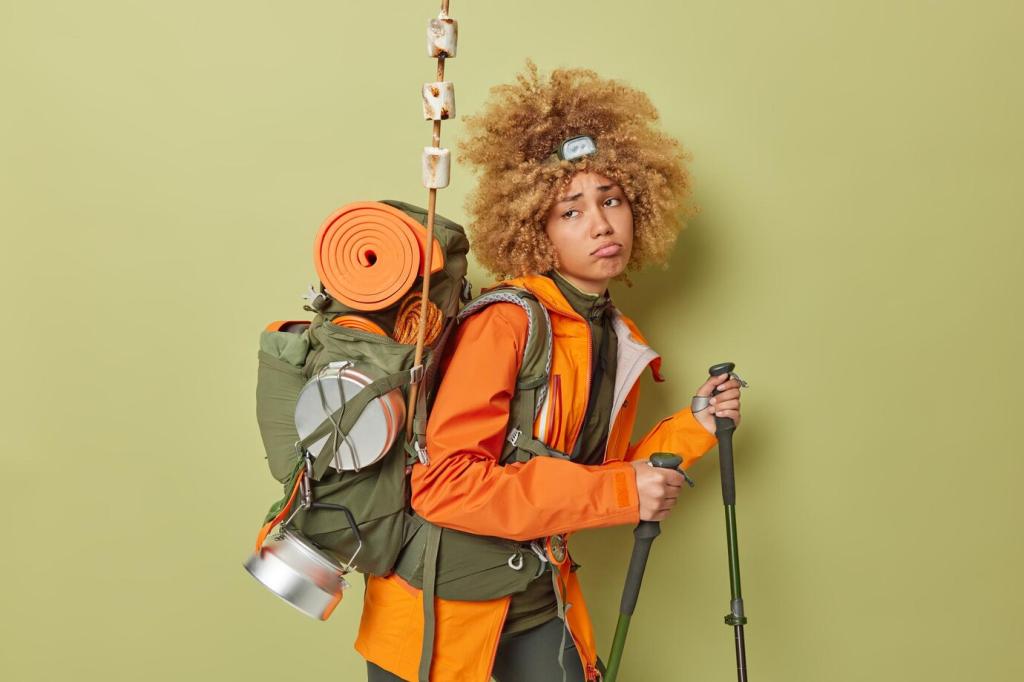
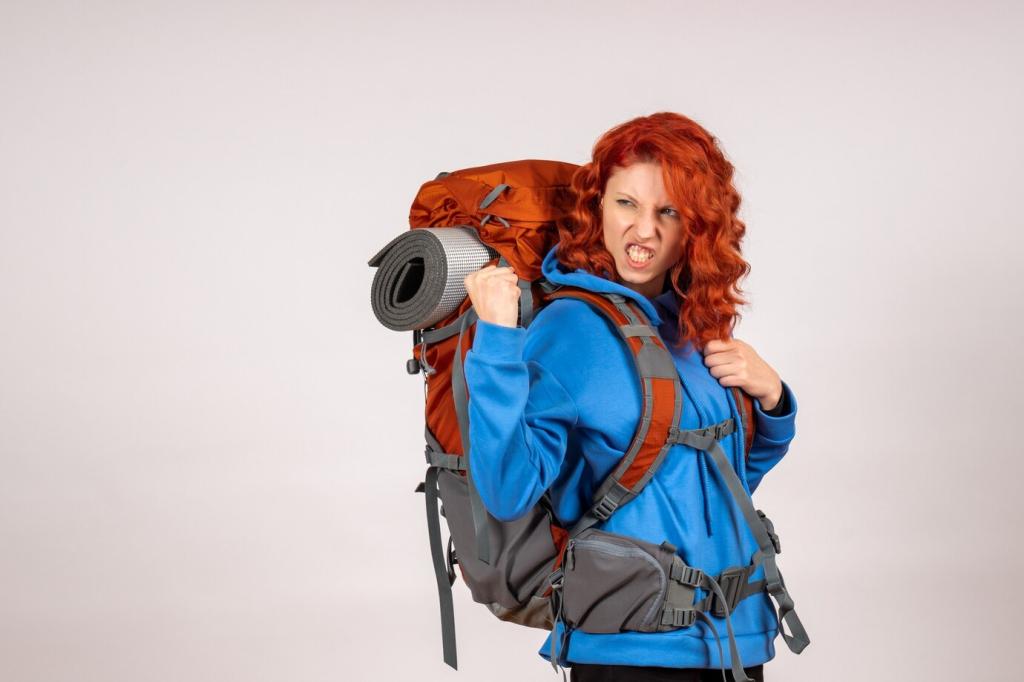

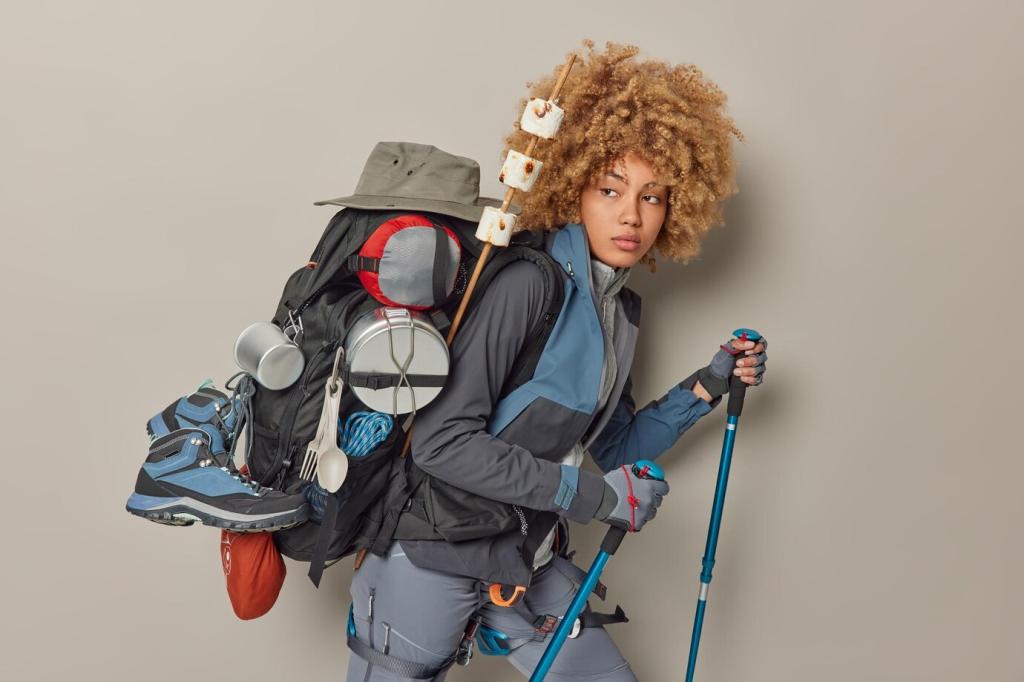
Layering Extremities: Hands, Feet, and Head
Combine a thin wicking liner with a warmer midweight sock to move moisture away fast. Ensure your boots fit with winter socks without compressing circulation. Swap pairs if they dampen, and consider gaiters to keep snow out. What sock blend has kept your toes happiest on long, icy approaches?
Layering Extremities: Hands, Feet, and Head
Think in layers: dexterous liners for movement, insulated mitts for stops, and a weatherproof shell for storms. Bring at least one backup pair, and rotate when sweaty. Chemical warmers help in emergencies. Which glove combo gives you warmth without sacrificing map-reading or camera use?
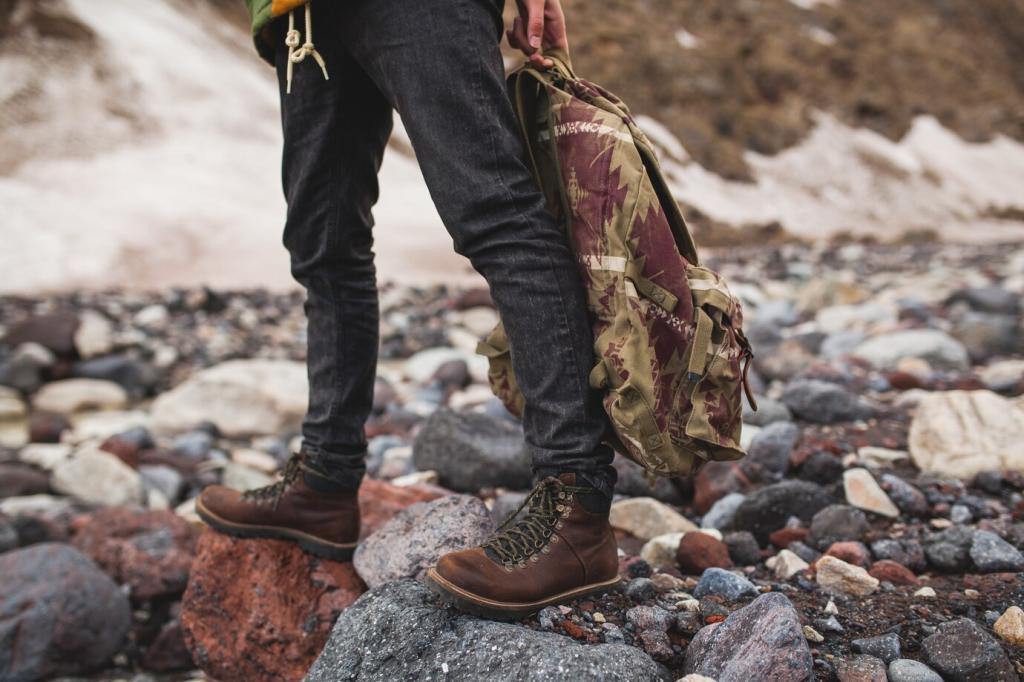
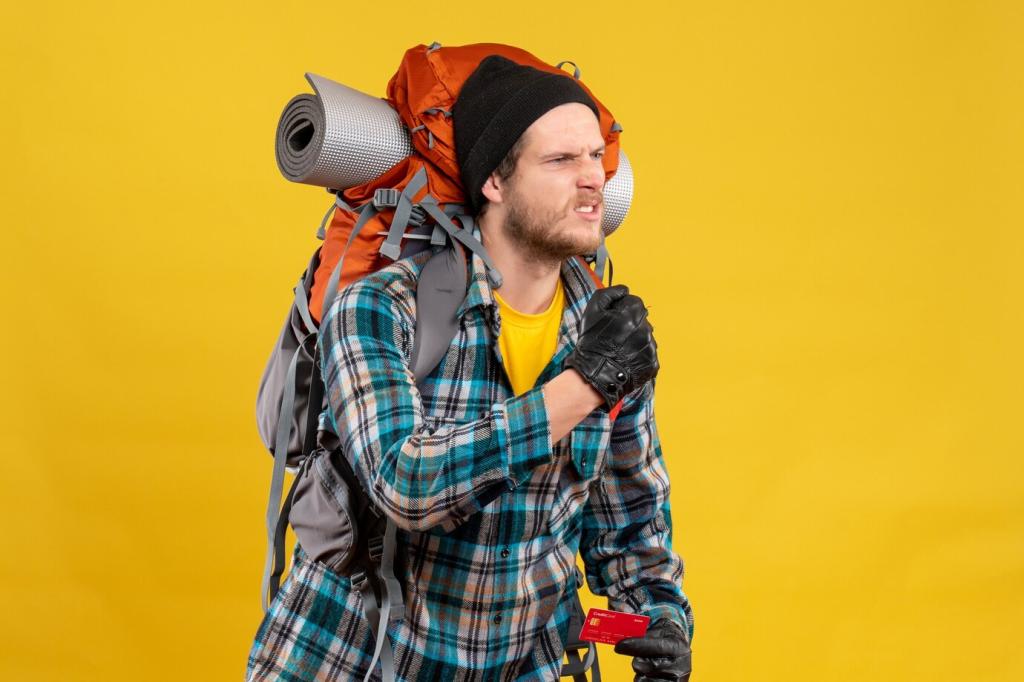
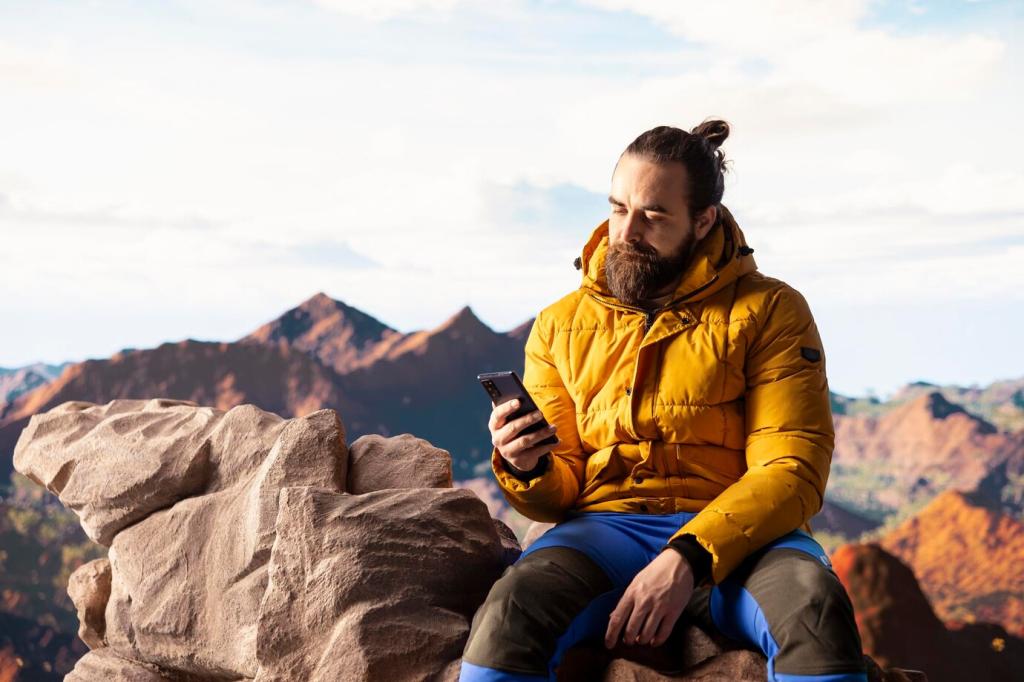
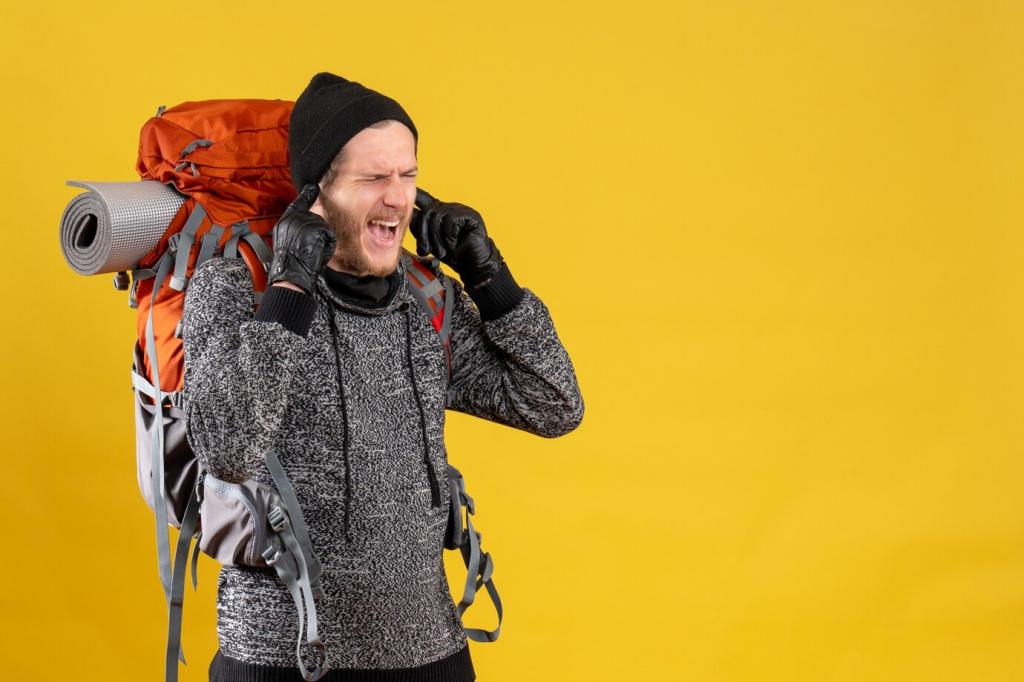
Adapting Layers to Weather, Altitude, and Terrain
Wind strips heat fast, especially above treeline. Add a wind-resistant mid-layer or seal cuffs and hem under a hardshell. Use goggles and a brim to protect skin and eyes. What windproof tweaks help you stay steady when the ridge turns into a roaring corridor?
Adapting Layers to Weather, Altitude, and Terrain
In damp systems, prioritize synthetics and robust shells to guard against water ingress. In colder, drier conditions, high-loft down shines—if you protect it from sweat and snow. Share whether you switch insulation types by forecast, or carry both when the sky feels undecided.
Field Stories and Hard-Won Lessons
The overheated start that chilled the summit
I once left the car bundled like a snowperson and soaked my base layer within minutes. Hours later, wind on the ridge made that trapped moisture bite. Now I start cool, vent relentlessly, and change layers before snacks. What early mistake became your lasting habit?
Storm pivot above the trees
A bluebird morning turned to sideways flakes by late lunch. We added shells, swapped gloves, and tightened hoods in seconds. That fast, practiced routine kept us warm enough to continue safely. Do you rehearse your layer changes so they’re automatic when flakes start flying?
The spare that saved the day
A partner’s damp gloves nearly ended our outing with numb fingers. A dry backup pair, pre-warmed inside a jacket, restored comfort and focus. Since then, extras live in a zip bag near the top of my pack. Which backup item is non-negotiable in your winter kit?
Keep the wind layer and warm mitts near the top, with a spare base in a dry bag. Use hip-belt pockets for liners and a buff. Practice your change sequence at home to cut stop time. What pocket or pouch is your secret to seamless transitions?
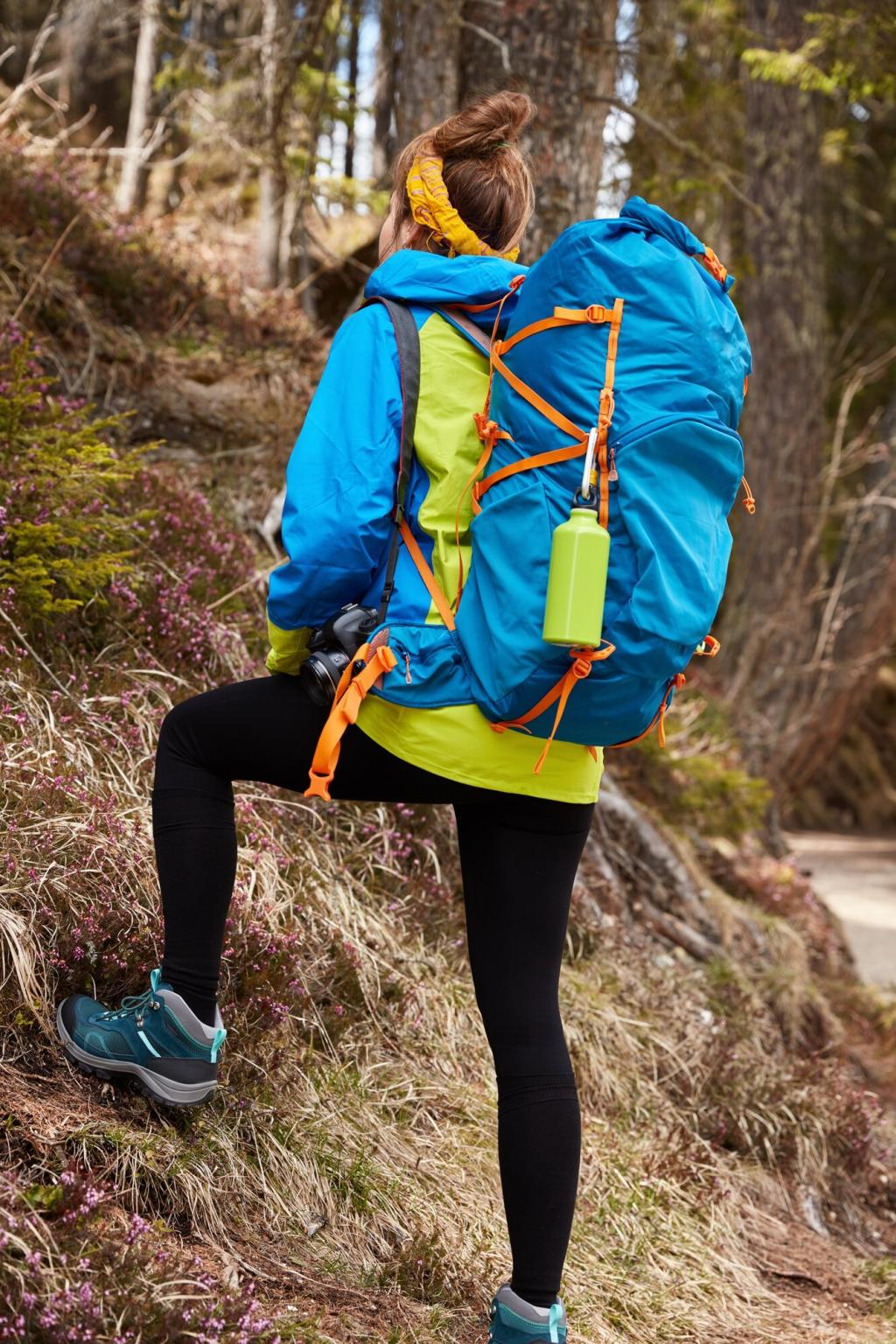
Stop-and-insulate protocol
When you halt, add a warm layer immediately before you cool down. A lofty belay jacket over everything traps the heat you still have. Keep it accessible under the pack lid. What’s your fastest way to deploy big warmth during quick, wind-bitten pauses?
Recognize and respond to hypothermia
Shivering, fumbling, and unusual silence can signal trouble. Add insulation, feed warm calories, and shelter from wind. Swap damp layers promptly. Agree as a group to speak up early. How do you check each other for subtle signs before the situation becomes serious?
Emergency extras that layer with intent
A light bivy, heat packs, and a compact fleece cap can extend safety margins. Store them where you can reach them fast, even with cold hands. Practice donning layers with gloves on. Tell us the emergency items you hope never to use—but always carry anyway.
